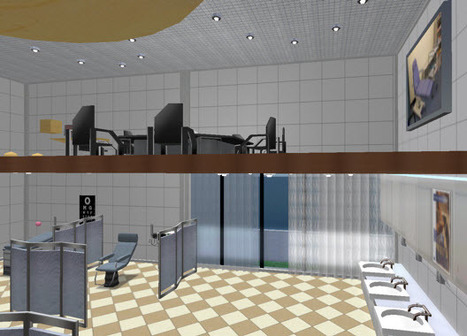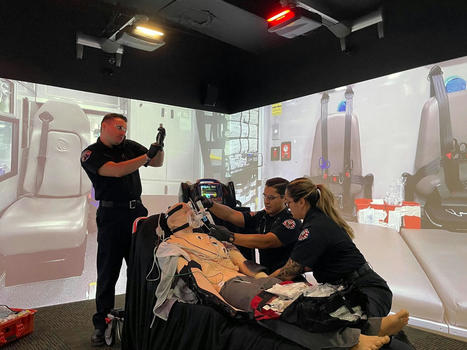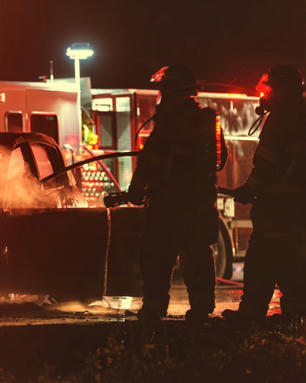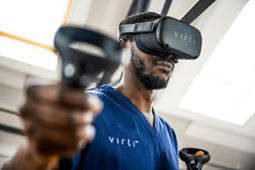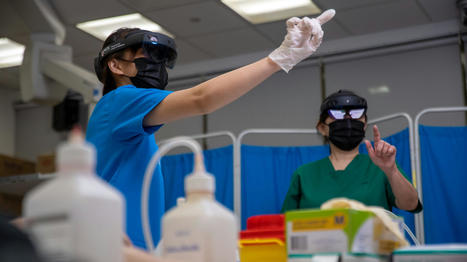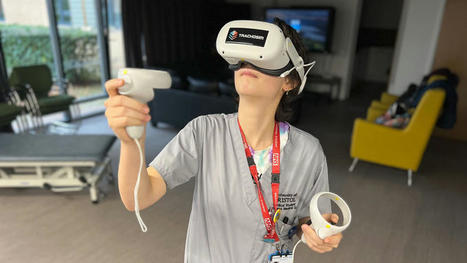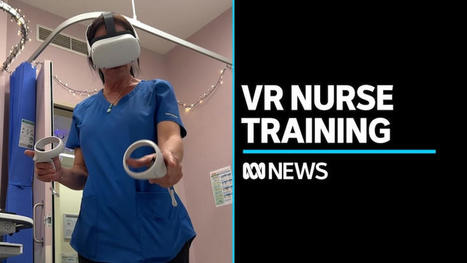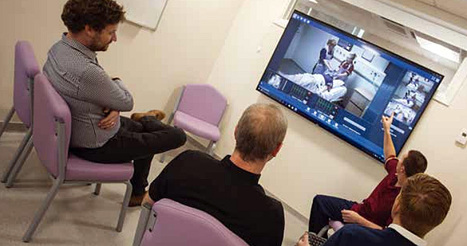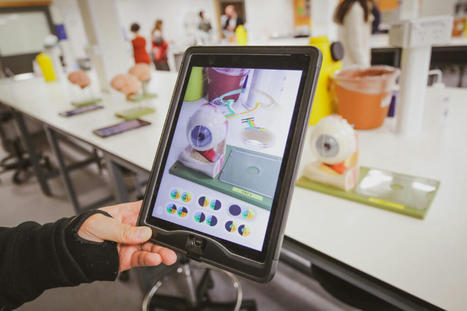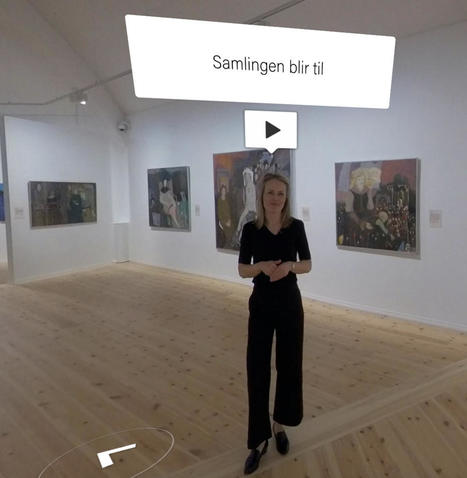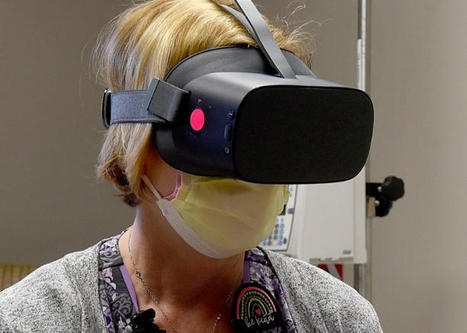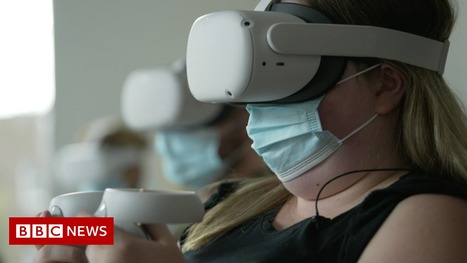Standardized patient (SP) performances are staged clinical encounters between health-professional students and people who specialize in role-playing the part of patients. Such performances have in recent years become increasingly central to the teaching and assessment of clinical skills in U.S. medical schools. SP performances are valued for being both "real" (in that they involve interaction with a real person, unlike written examinations) and "not real" (in that the SP does not actually suffer from the condition portrayed, unlike an actual patient). This article considers how people involved in creating SP performances reconcile a moral commitment to avoid suffering (to keep it "not real"), with an aesthetic commitment to realistically portray it (to keep it "real").

|
Scooped by
Kim Flintoff
onto Simulation in Health Sciences Education July 1, 2012 11:46 PM
|
No comment yet.
Sign up to comment




 Your new post is loading...
Your new post is loading...
